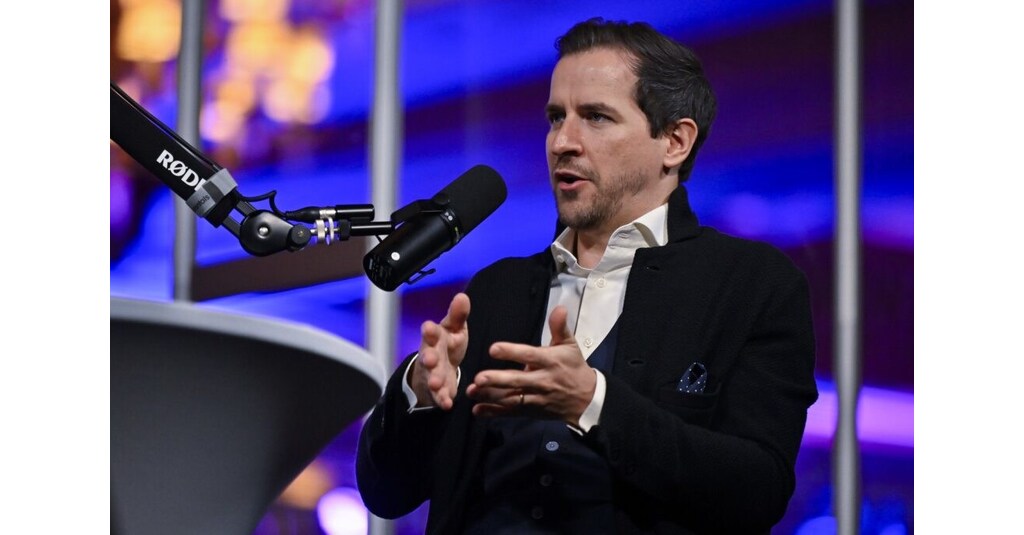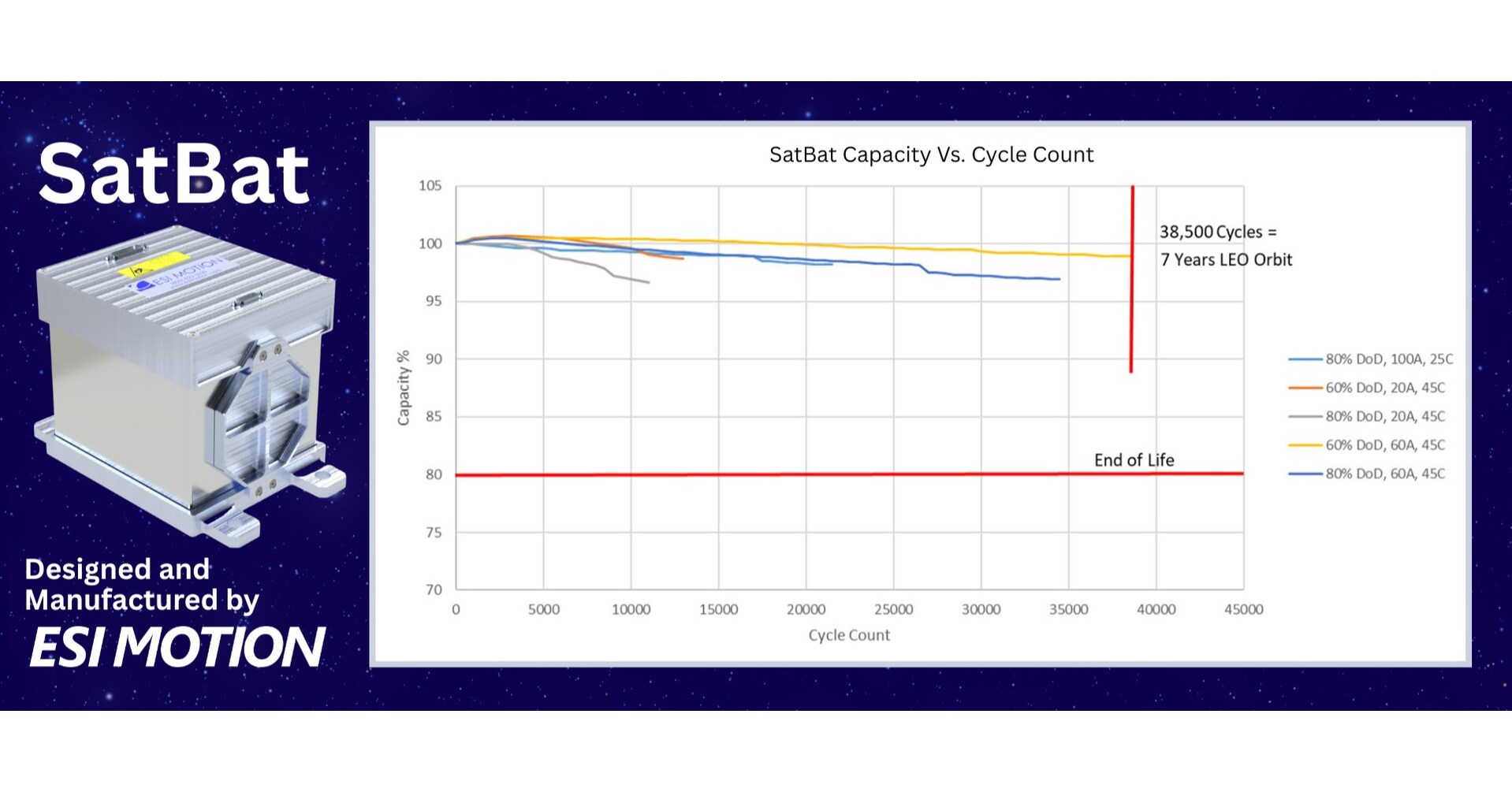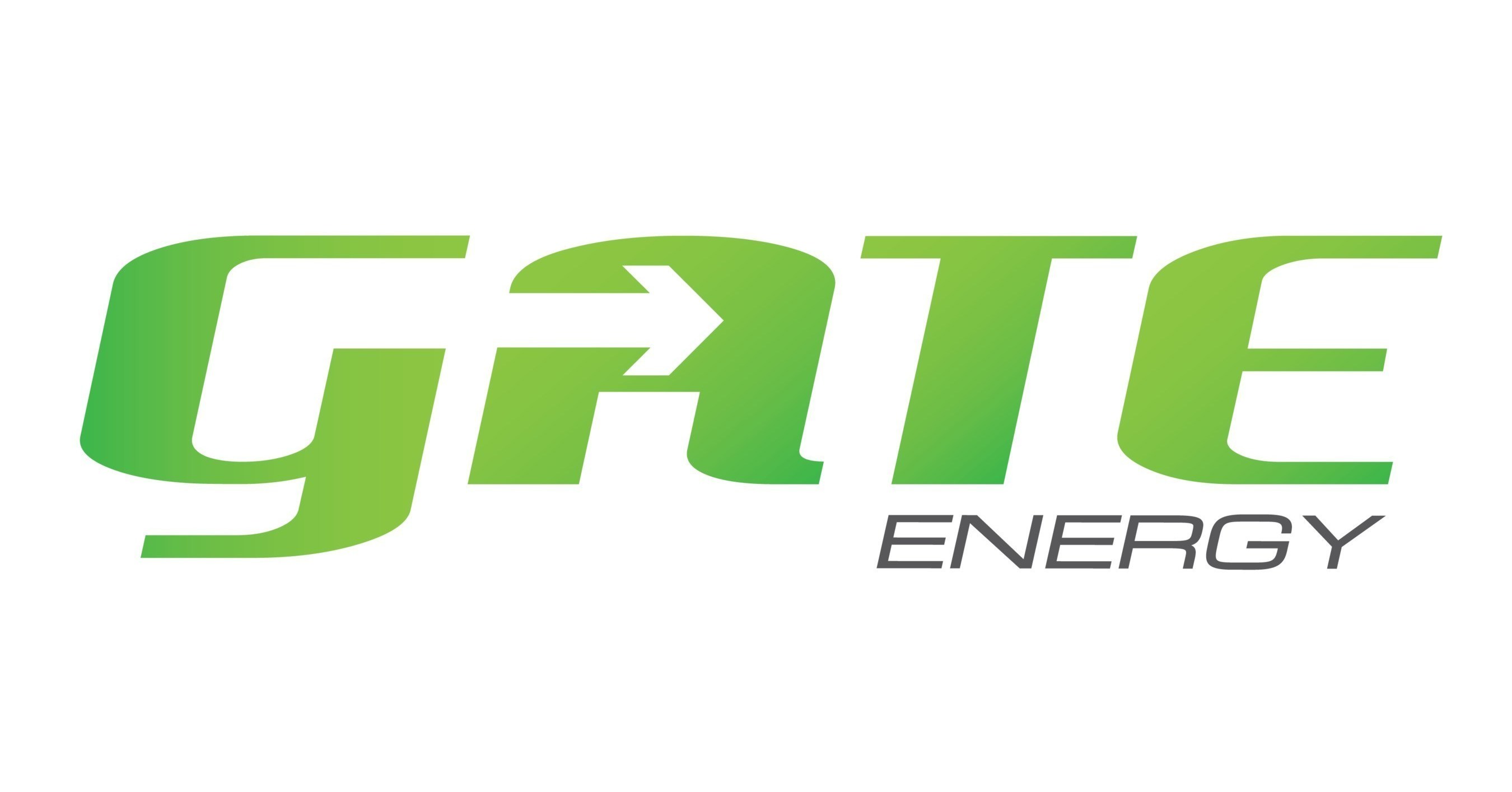UGA engineering students are tackling the growing threat of space debris.
Benjamin Pumphrey presented NASA staff with a bold pitch in the summer of 2023: use a shoebox-sized satellite with a deployable net to capture space debris.
The idea won a $10,000 NASA seed grant from the Marshall Space Flight Center. Now, Pumphrey and fellow fourth-year University of Georgia mechanical engineering student Grant Baumann have teamed up with students from universities nationwide to develop technology to clean up space. Their project: Skyfall Space.
Pumphrey is the team’s lead engineer for technical development, focusing on systems engineering and other technical aspects. Baumann serves as the team’s principal investigator.
When Debris Collides
The threat of space debris or “space junk” is real and accelerating. The debris are remains from old satellites, scientific experiments, and military tests. And the risk of that junk colliding with an operational spacecraft grows as more satellites launch into orbit every day.
Space debris about the size of a credit card can cause damage that looks like it was made by a car. “Even tiny pieces of shrapnel will rip through multimillion-dollar equipment like it’s a piece of paper,” Baumann says.
When two pieces of debris collide at high speeds, they fragment further and potentially create a cascade that can render entire orbital zones unusable for GPS, military and weather satellites.
Skyfall Space targets a critical gap: medium-sized debris, roughly 10 centimeters to a meter in diameter. Previous efforts have primarily focused on eliminating smaller debris through lasers or takedowns of large objects such as decommissioned satellites.
The Net Solution
The Skyfall Space solution is a net deployment system housed in a small satellite. The satellite travels to space attached to a larger rocket launched from earth. Once in orbit, the satellite detaches from the larger rocket and uses its onboard propulsion system to navigate to debris-dense regions.
That’s the easier part. The real test begins when the satellite’s deployable net must withstand the harsh conditions of space and the impact of the hurtling debris to catch a heap of space junk. Then the satellite reels in the full net like a fishing trawler, securing the space debris to the satellite for the journey back to Earth.
To find their debris targets, the Skyfall Space team will use NASA reports that locate the most problematic debris fields. Those reports estimate the chances of collision and how much the resulting damage could cost — helpful details that the team can use to explain their project’s financial value.
Baumann and Pumphrey work with 14 other students from universities, including:
- the Georgia Institute of Technology
- University of Michigan
- Cornell University
- and the University of California, San Diego
UC San Diego is home to mechanical engineering student Brandon Vinh, who developed the design for the deployment mechanism.
In early 2025, Skyfall Space secured a second NASA seed grant to further develop the net capture mechanism.

A Foundation for Innovation
Baumann’s and Pumphrey’s training ground at UGA has been the Franklin College of Arts and Sciences’ and College of Engineering’s Small Satellite Research Lab, a student-faculty collaboration that develops and builds miniature research satellites. They joined the team as first-year students, working on a computational imaging satellite for the U.S. Air Force Research Lab. The experience prepared them for Skyfall Space’s technical challenges.
“What I’ve been amazed by at UGA is the scope of the programs offered,” Baumann says. “I’ve also had the opportunity to work on hard things with very passionate and smart people.”
Baumann, a Foundation Fellow in the Morehead Honors College and Student Industry Fellow in the Office of Experiential Learning, has competed in pitch competitions through UGA’s Innovation District and traveled abroad for multiple internships. After graduation, he’s considering a master’s degree in quantum computing.
Pumphrey pursued similar opportunities through his co-presidency of the Engineering Ambassadorship Program and internships with Blue Origin and MIT’s Lincoln Lab. He’s planning to work in aerospace and research.
His strategy for opening doors in these competitive fields boils down to one principle. “Relentlessly pursue what you think is the most interesting,” he says. “Put in the hours, put in the interest, ask the questions and try to meet people.”
Baumann and Pumphrey graduate from the College of Engineering in spring 2026, but they aren’t finished with Skyfall Space yet. The project needs more funding to build the satellite and test the net deployment system in space. It’s the kind of ambitious, boundary-pushing work that has defined their college experience.
“What’s most exciting is the chance to develop the project, break barriers and show that we can actually do this,” Pumphrey says.
Written by: Hannah Gallant
Photography by: Andrew Davis Tucker & Getty Images
Design by: Kaiya Plagenhoef






